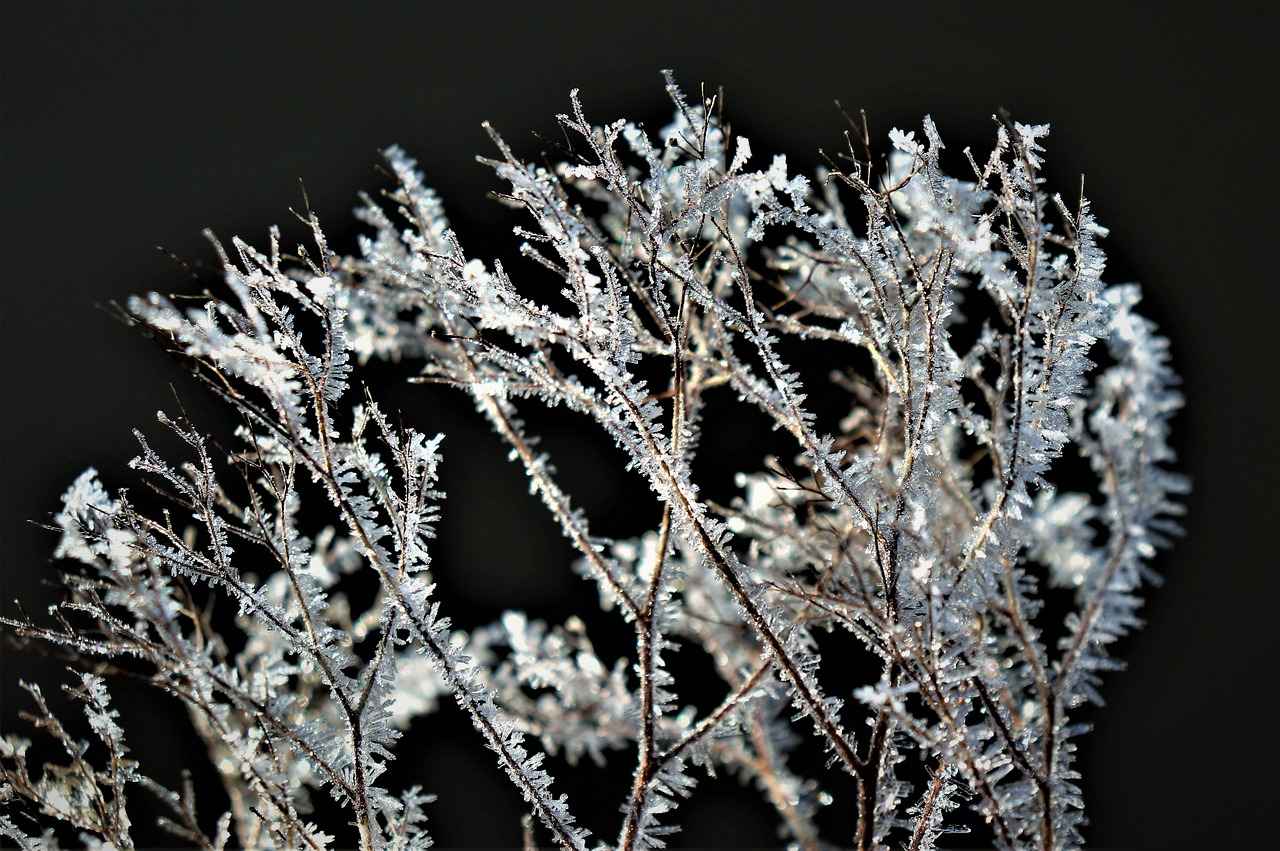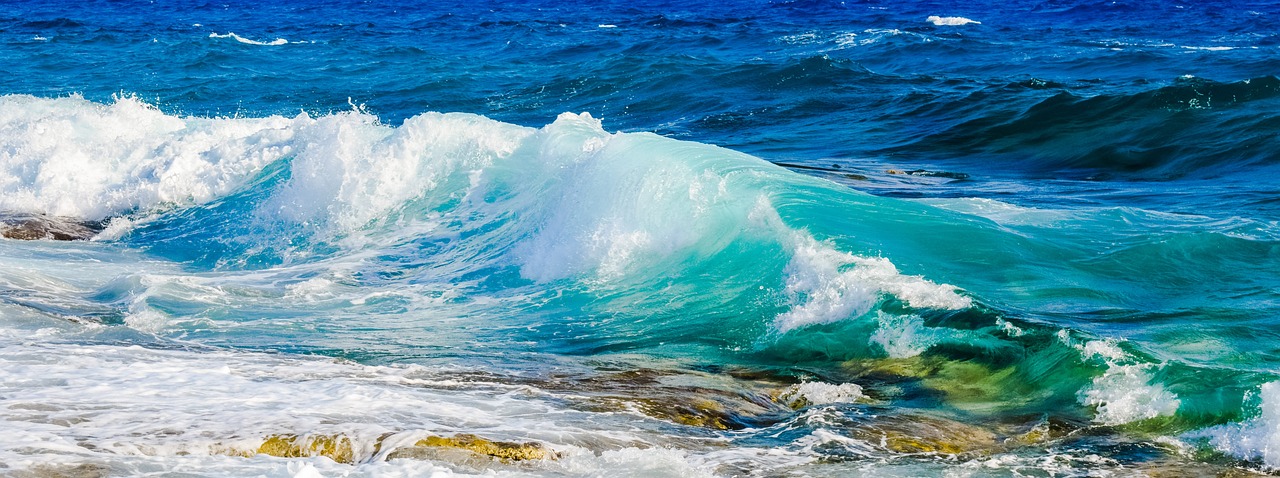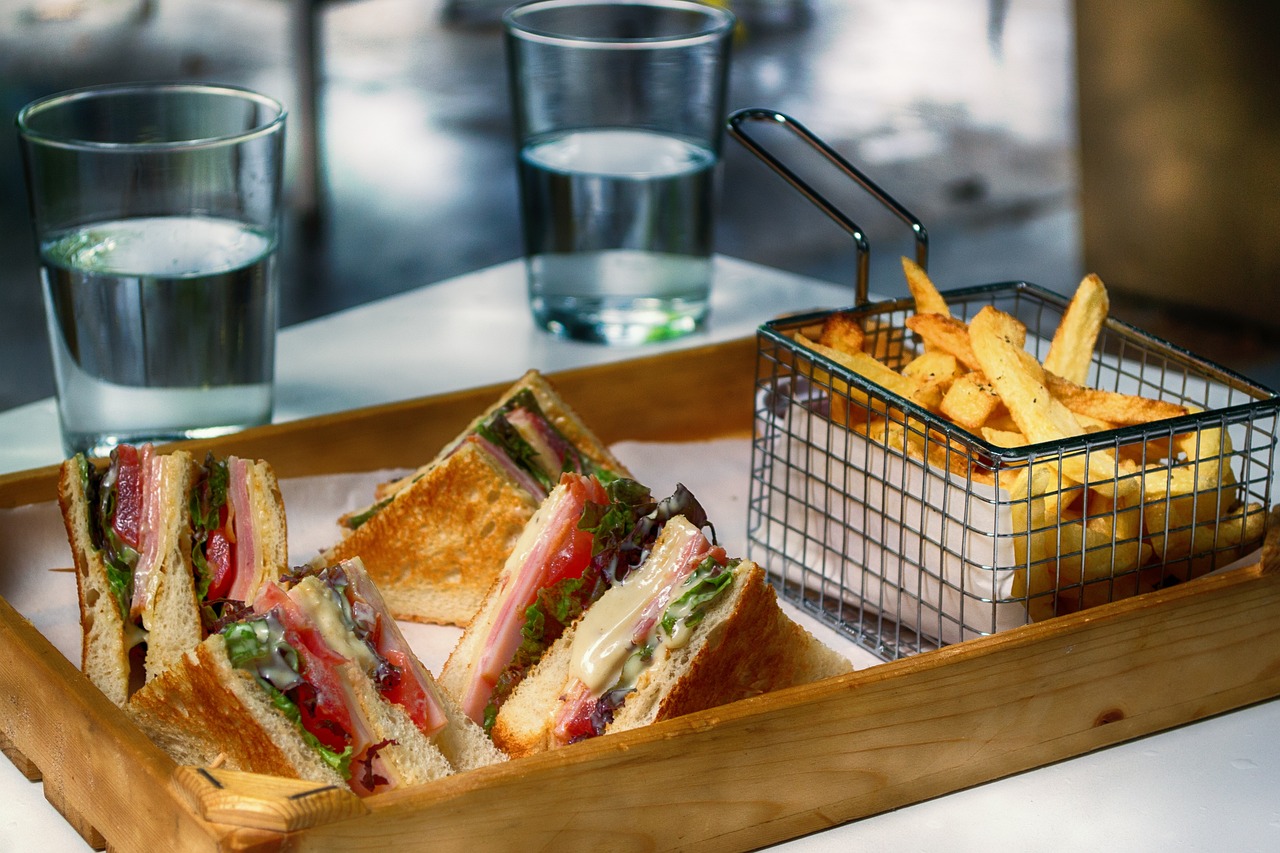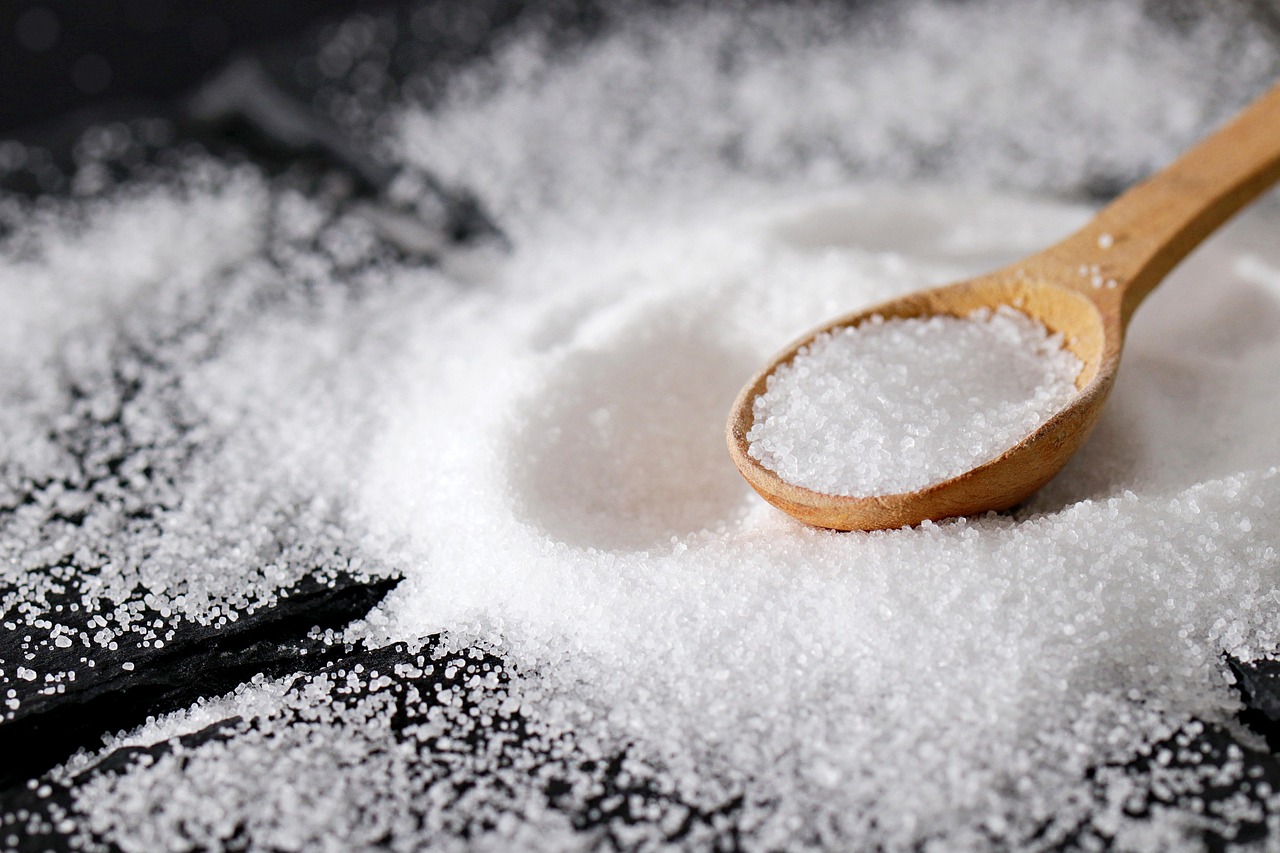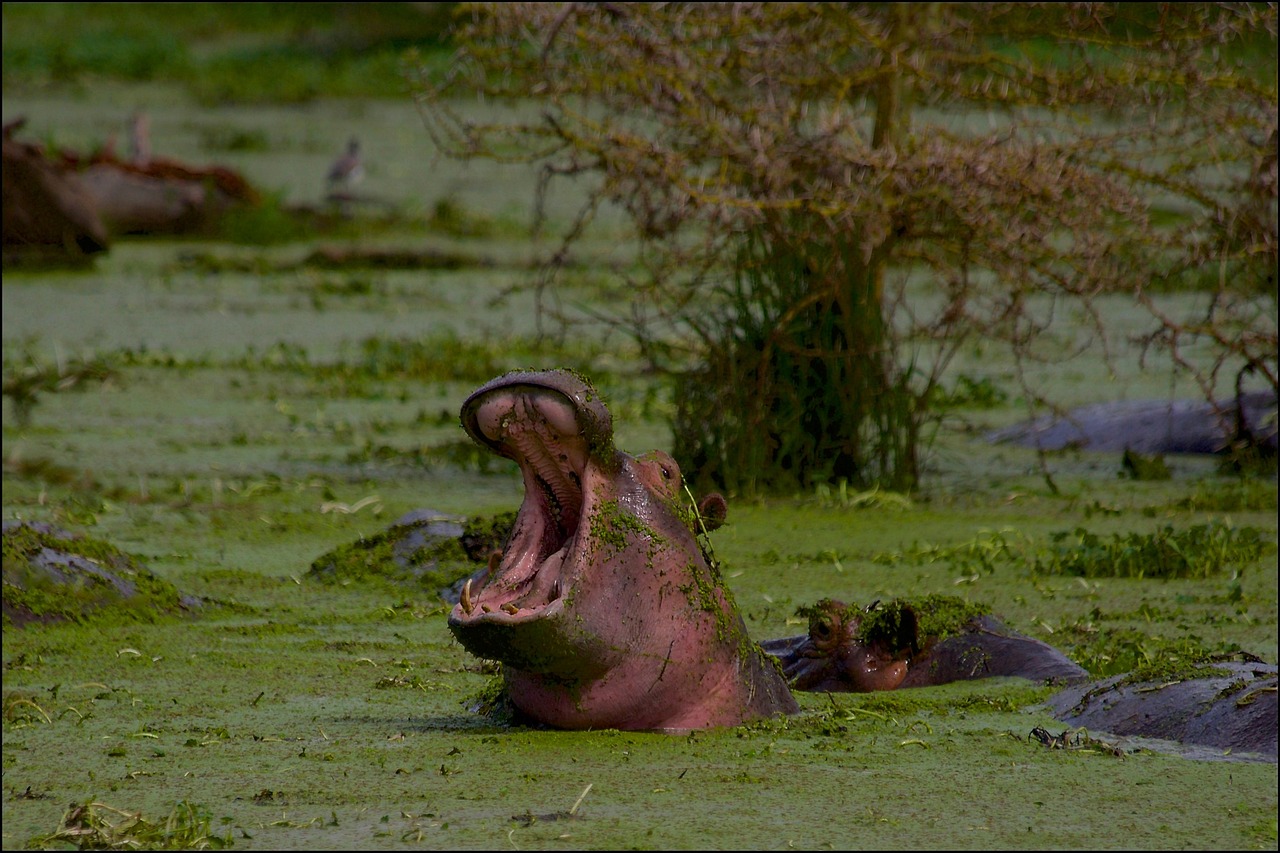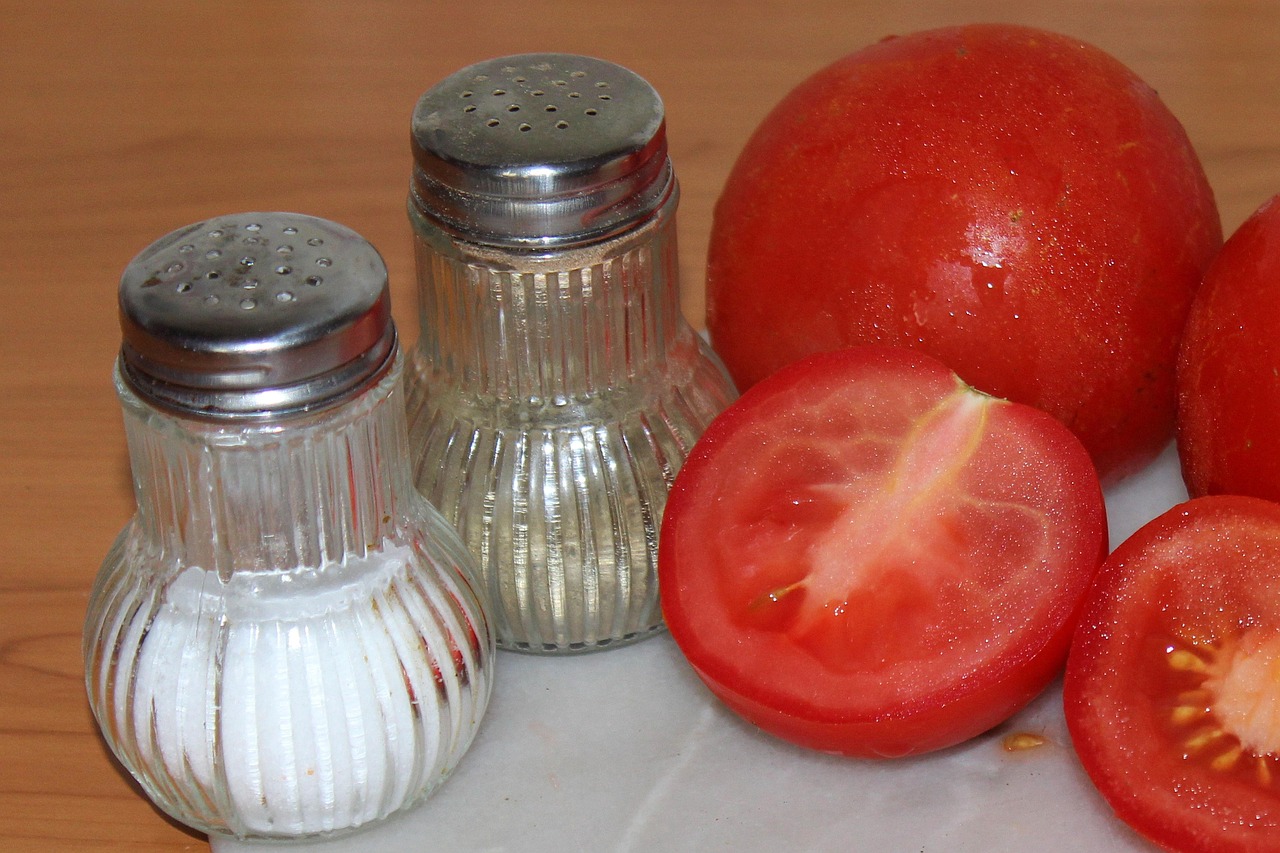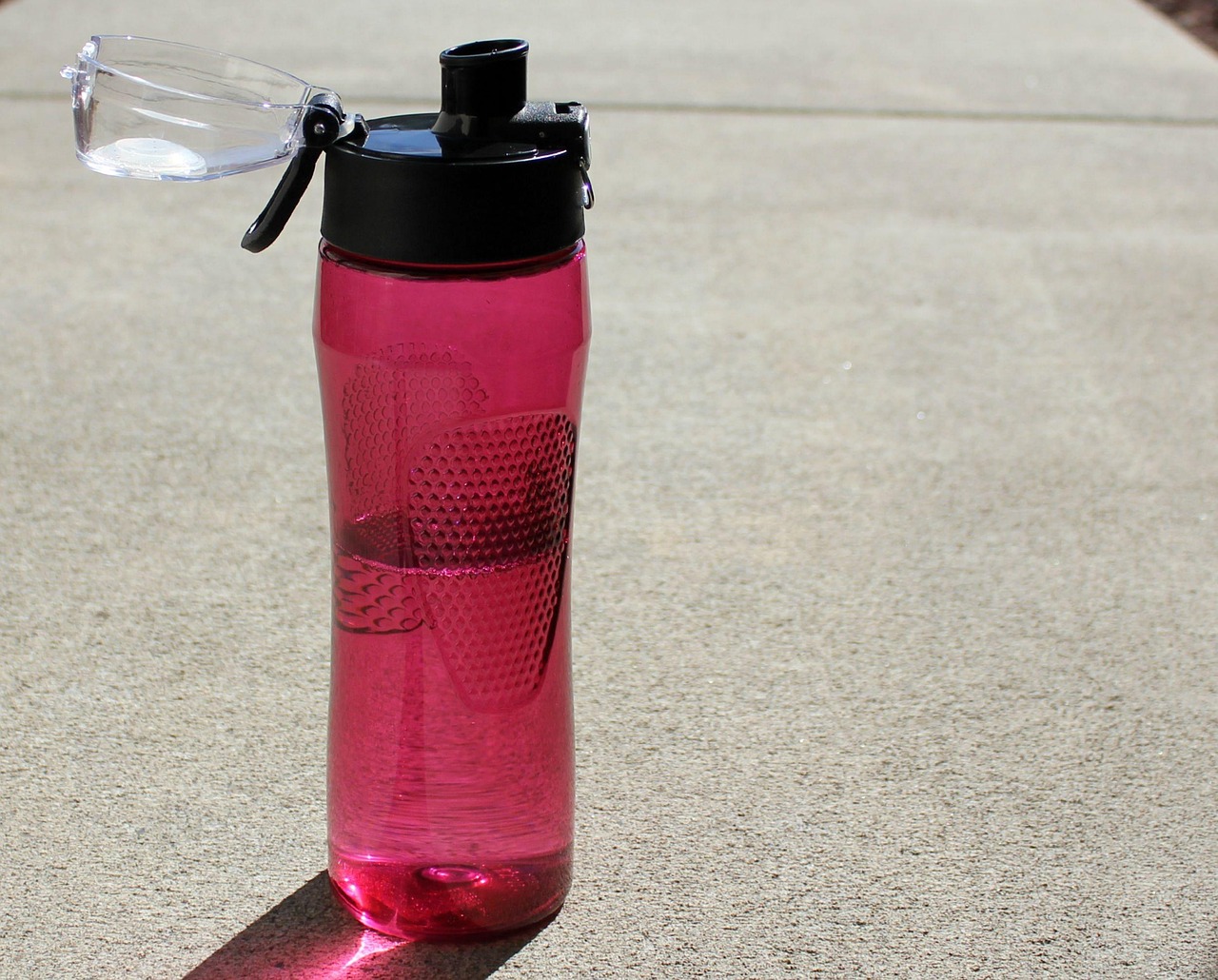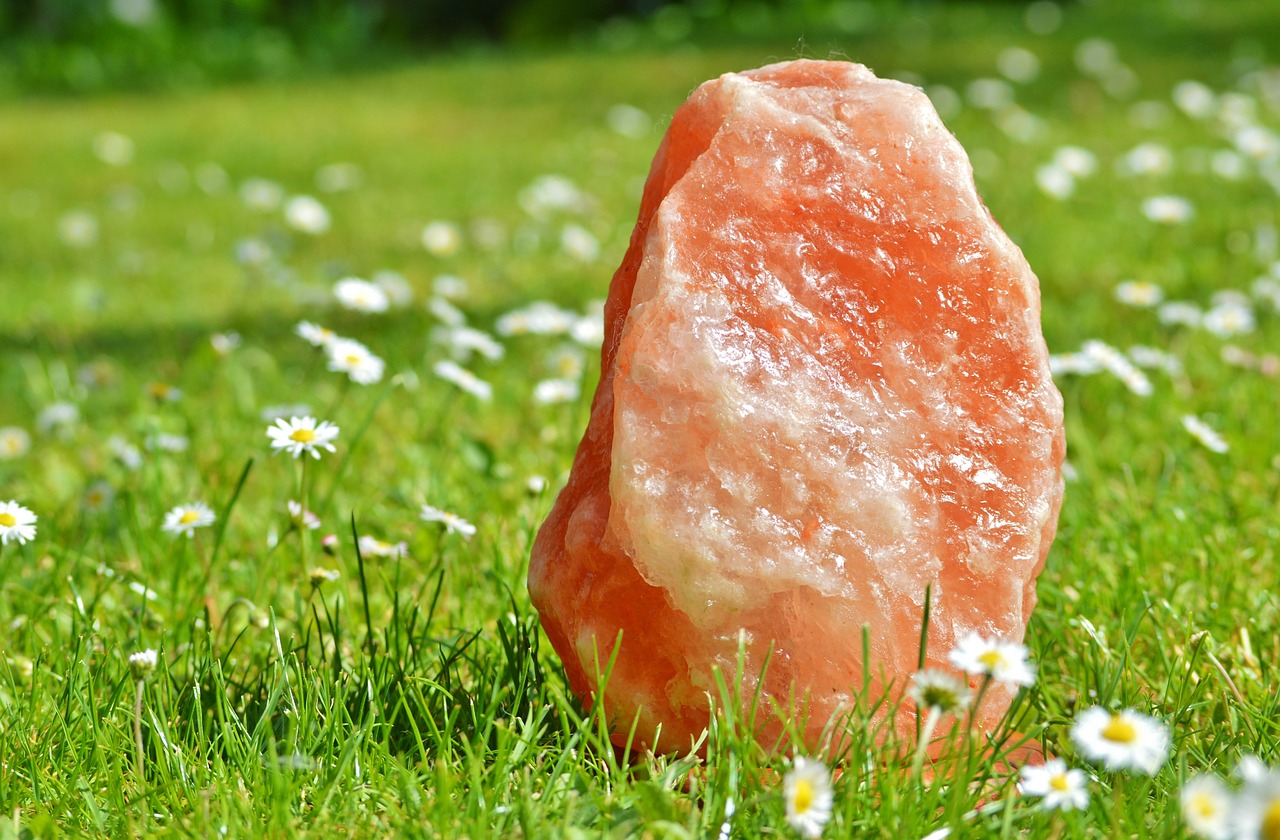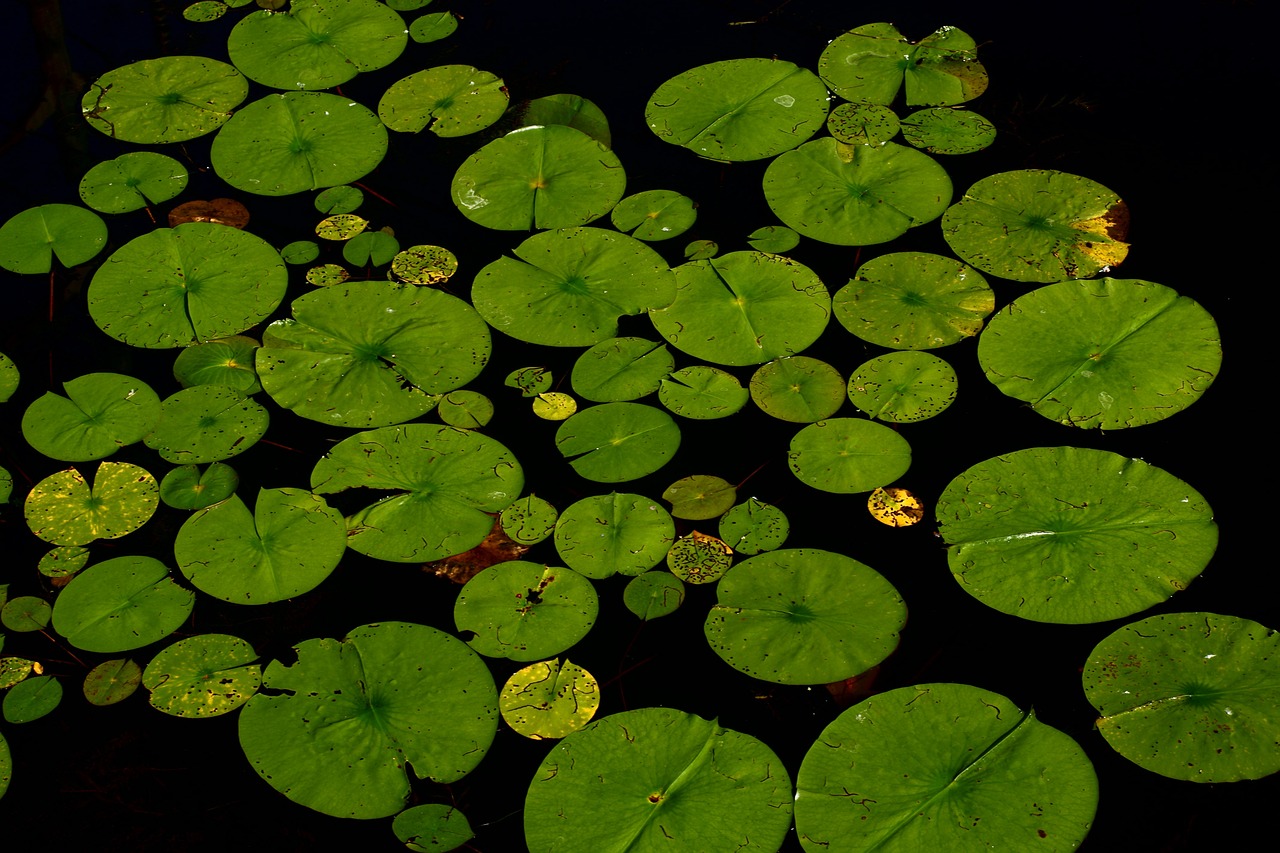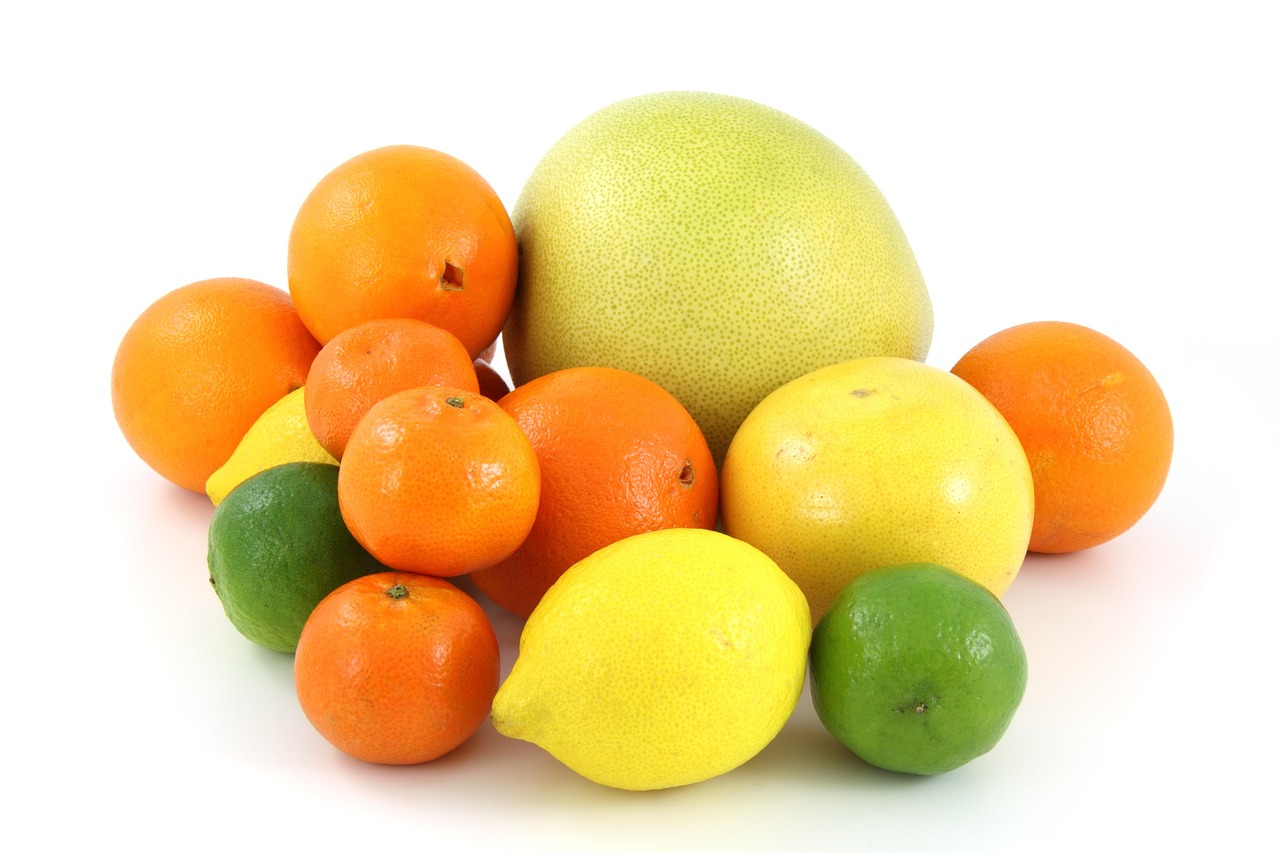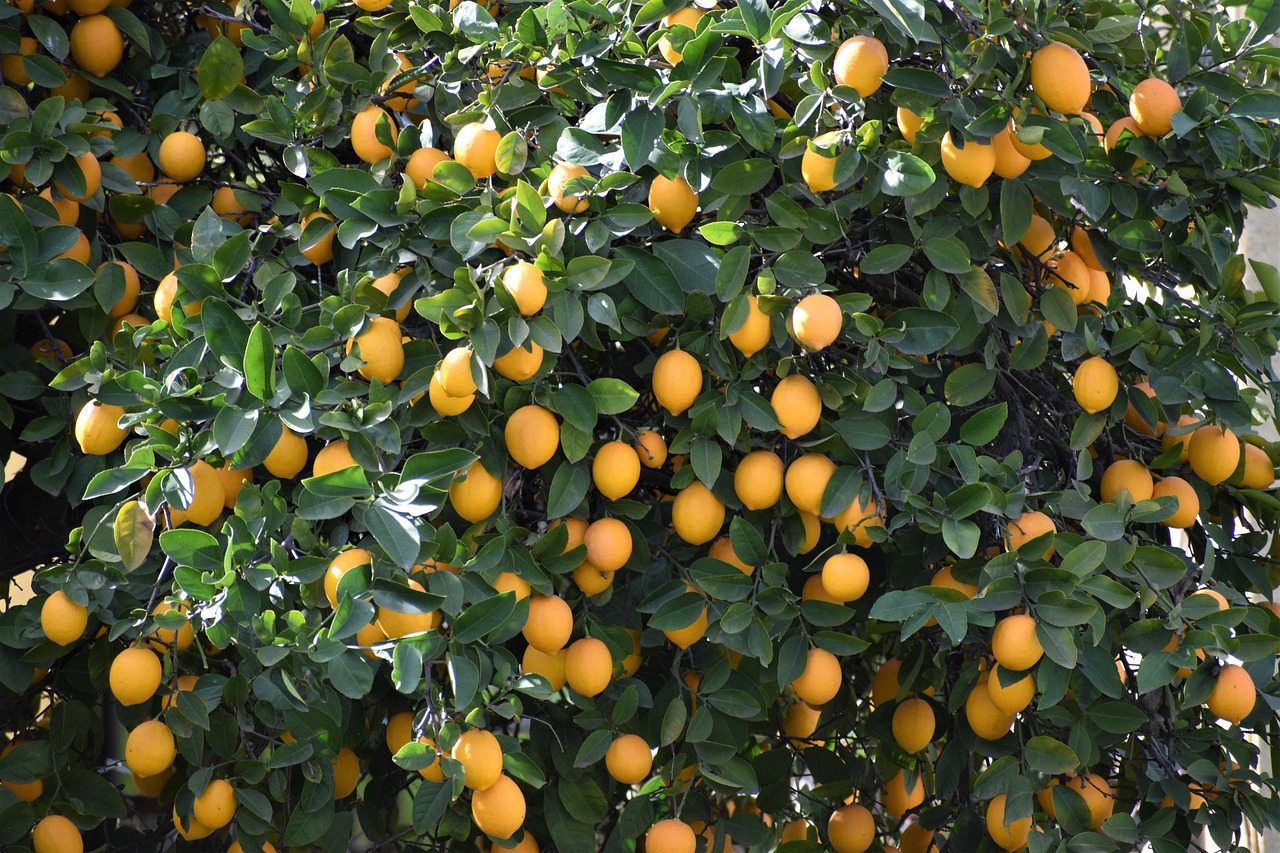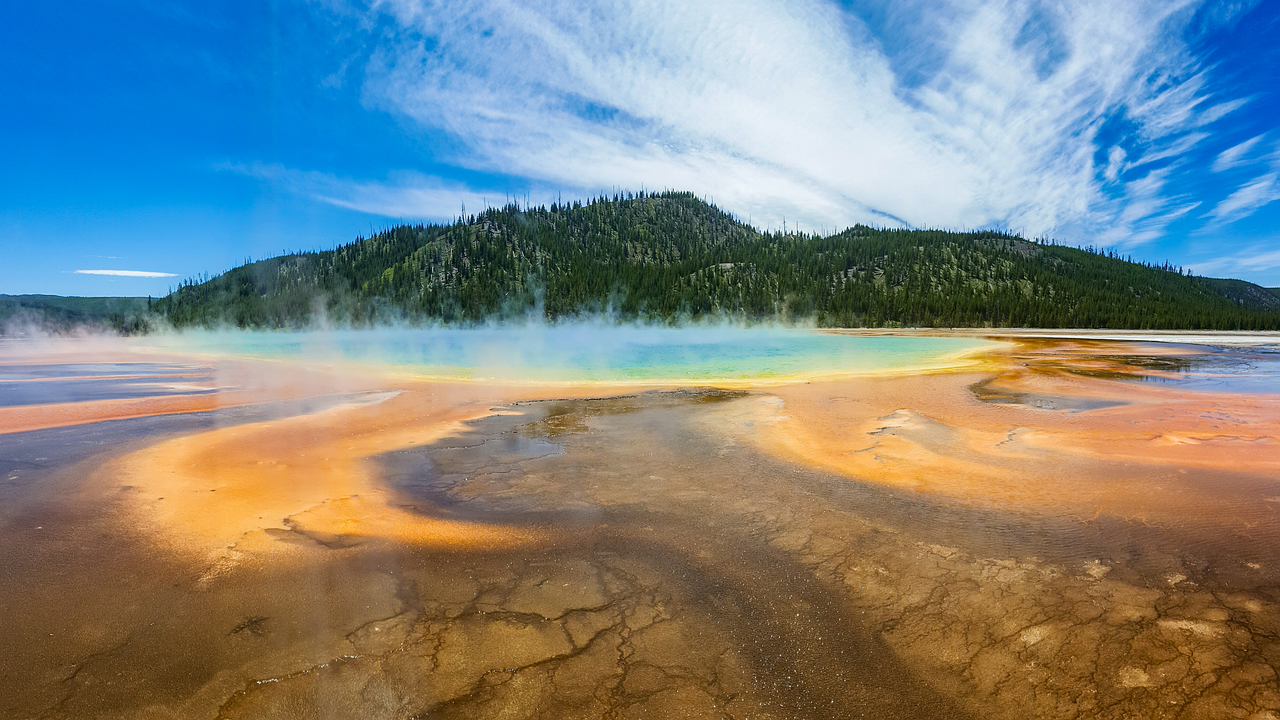This article delves into the fascinating phenomenon of water freezing rates, specifically comparing the freezing behaviors of cold and warm water. The exploration of this topic not only highlights intriguing scientific principles but also presents various experimental findings and real-world implications.
The Mpemba Effect: An Overview
The Mpemba Effect is a remarkable observation where warmer water can freeze faster than colder water under certain conditions. Named after Tanzanian student Erasto Mpemba, who noted this phenomenon in the 1960s, the effect challenges our intuitive understanding of freezing. Initial observations have sparked numerous debates and investigations, leading to a deeper understanding of thermal dynamics.
Scientific Principles Behind Freezing
To comprehend why water behaves this way, it’s essential to grasp the underlying scientific principles. Water molecules, composed of two hydrogen atoms and one oxygen atom, exhibit unique properties due to their molecular structure. When water is cooled, its molecules slow down, leading to the formation of ice. However, the rate of freezing is influenced by several factors, including temperature and molecular interactions.
- Molecular Structure of Water: The unique arrangement of water molecules allows for the formation of hydrogen bonds, which are crucial in determining the freezing point.
- Temperature Influence: Higher temperatures increase molecular movement, which can lead to faster freezing under specific conditions.
Factors Affecting Freezing Rates
Several external factors can significantly impact the freezing rates of water. These include:
- Container Shape: The shape and material of the container can affect heat transfer rates.
- Environmental Temperature: The surrounding temperature plays a critical role in how quickly water freezes.
- Air Pressure: Variations in air pressure can influence the freezing process as well.
Experimental Evidence of the Mpemba Effect
Numerous experiments have been conducted to validate the Mpemba Effect. Some of the most notable studies include:
- A study by scientists at the University of Oregon, which demonstrated that under certain conditions, warm water indeed froze faster than cold water.
- Research conducted in various climates that highlighted the effect’s dependence on environmental factors.
Despite the evidence, the Mpemba Effect has faced skepticism. Critics argue that alternative explanations, such as evaporation and convection currents, may account for the observed phenomena.
Real-World Applications of Freezing Rates
Understanding the rates at which water freezes has practical implications across various fields:
- Food Preservation Techniques: In the food industry, optimizing freezing methods can enhance texture and quality. Rapid freezing techniques are employed to minimize ice crystal formation.
- Climate Science Insights: Knowledge of freezing rates contributes to climate models, aiding in predictions related to ice formation and melting dynamics in polar regions.
In conclusion, the investigation into whether cold or warm water freezes faster reveals a wealth of scientific principles and practical applications. The Mpemba Effect not only piques curiosity but also underscores the complexities of thermal dynamics in water. By understanding these concepts, we can enhance our knowledge of water behavior in various contexts, from everyday life to broader environmental studies.
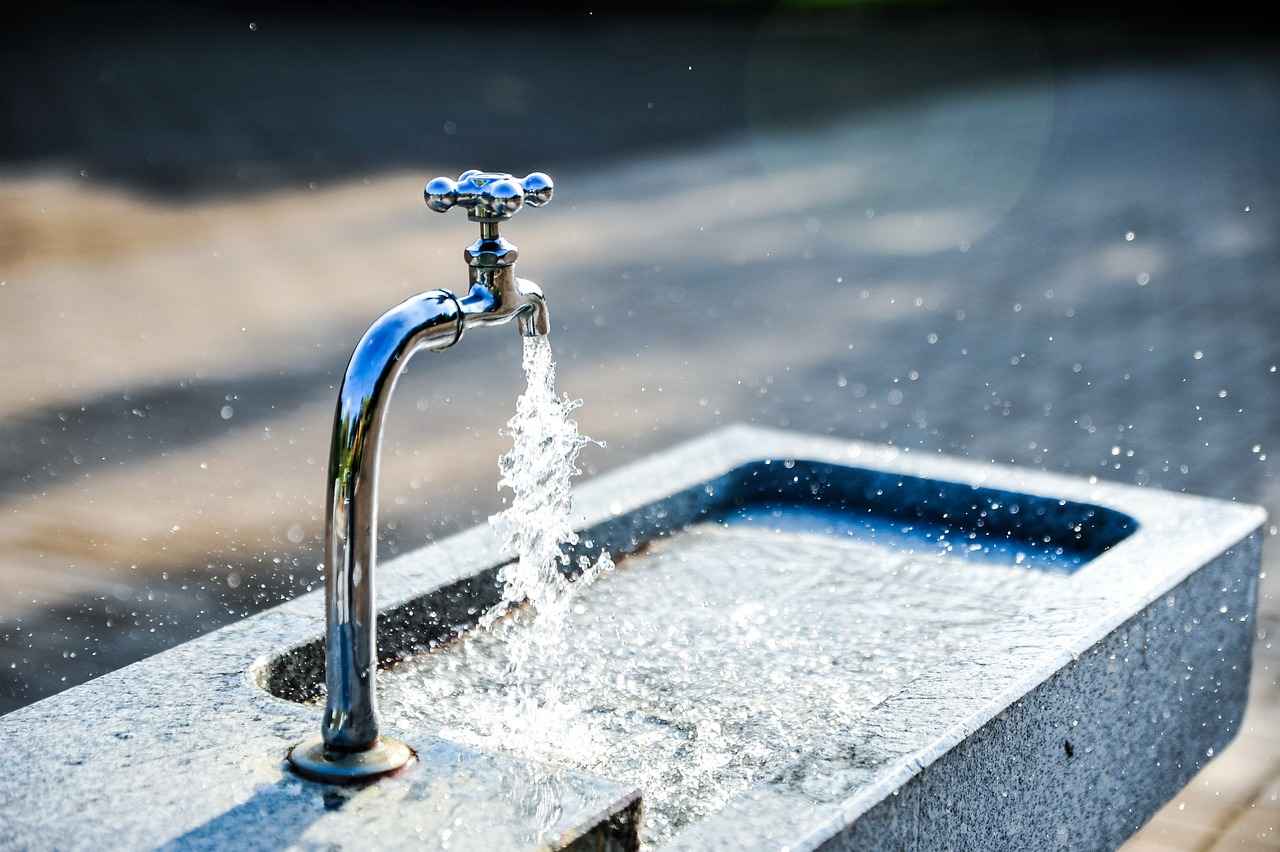
The Mpemba Effect Explained
The Mpemba Effect is a fascinating phenomenon that challenges our conventional understanding of freezing. It refers to the counterintuitive observation that, under certain conditions, warm water can freeze faster than cold water. This section delves into the history and initial observations that led to the discovery of this intriguing effect, shedding light on its implications in scientific research and everyday life.
The term “Mpemba Effect” was named after a Tanzanian student, Erasto Mpemba, who famously noted this phenomenon in 1963 while making ice cream. During a science class, he observed that hot milk froze faster than cold milk, a claim that was met with skepticism. However, his persistence led to further investigation, and subsequent experiments confirmed his observations.
Historically, the Mpemba Effect has been documented since ancient times. Aristotle wrote about the peculiar freezing behavior of water, suggesting that heat could somehow affect the freezing process. Despite these early observations, it wasn’t until the 20th century that scientists began to systematically study the effect, revealing a complex interplay of factors that contribute to this phenomenon.
Several theories have emerged to explain the Mpemba Effect. One prominent explanation involves the concept of evaporation. When warm water is placed in a freezing environment, a portion of it may evaporate, reducing the overall volume and allowing the remaining water to freeze more quickly. Additionally, the temperature difference can create a convection current within the water, promoting more efficient heat transfer.
Another contributing factor is the supercooling phenomenon. Cold water can sometimes remain in a liquid state below its freezing point, while warm water is less likely to supercool, leading to a quicker transition to ice. This behavior is influenced by impurities and the structure of the water itself, which can affect how it freezes.
Moreover, the container shape and material can also play a significant role in the freezing rates of water. For example, shallow containers allow for a greater surface area, promoting faster cooling and freezing. Environmental factors, such as air pressure and ambient temperature, further complicate the dynamics of freezing water.
Numerous experiments have been conducted to test the Mpemba Effect, each yielding varying results. Some studies have successfully replicated Mpemba’s original observation, while others have struggled to find consistent evidence. This inconsistency has led to debates among scientists regarding the validity of the effect and the conditions necessary for it to occur.
Despite the controversies surrounding the Mpemba Effect, its implications extend beyond mere curiosity. Understanding the freezing rates of water can have practical applications in fields such as food preservation and climate science. In the food industry, optimizing freezing methods can enhance the texture and quality of frozen products, while in climate science, insights into water behavior can inform models predicting climate change impacts.
In conclusion, the Mpemba Effect serves as a reminder of the complexities of nature and the need for continued exploration and understanding. As we delve deeper into the mechanisms behind this phenomenon, we not only expand our knowledge of water’s behavior but also uncover valuable insights applicable to various scientific and practical fields.
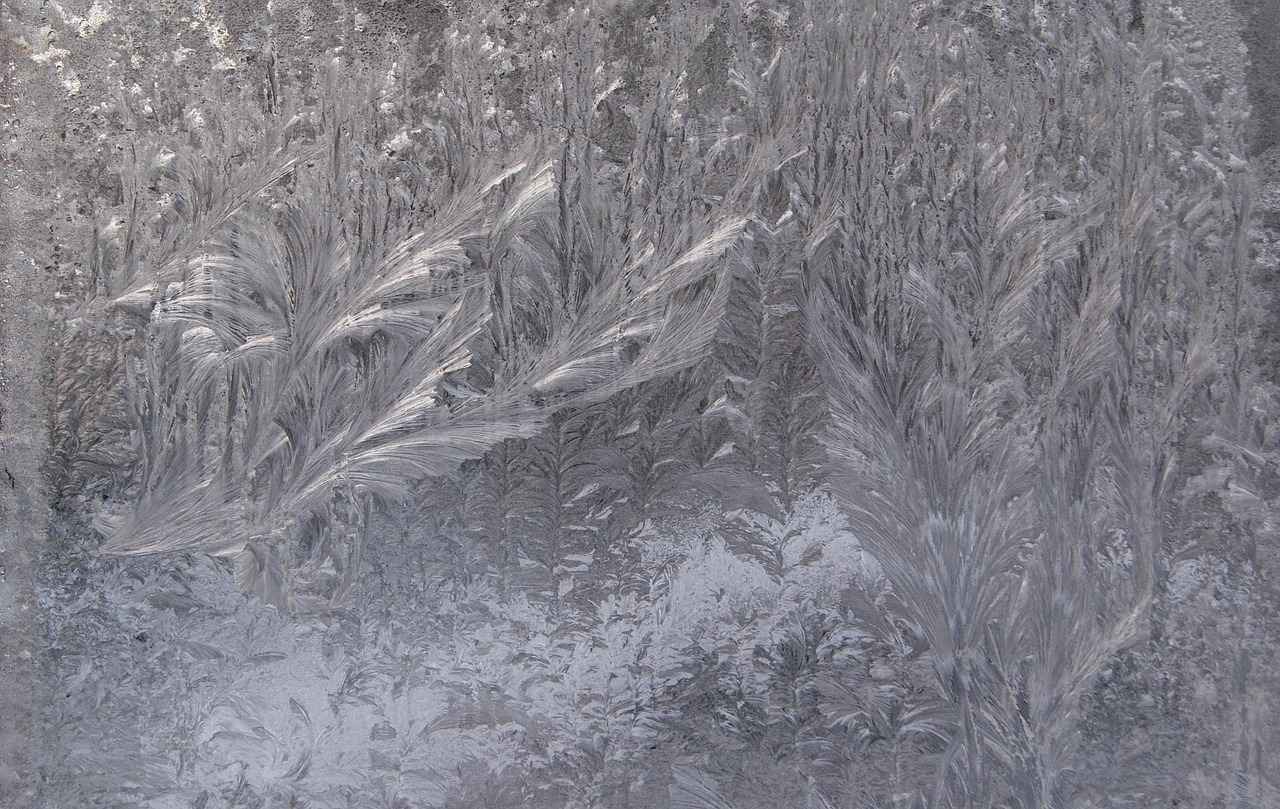
Scientific Principles Behind Freezing
Understanding the intricate science of freezing is essential for grasping how water transitions from a liquid to a solid state. This transformation is governed by a combination of molecular structure and temperature. In this section, we will explore the fundamental principles that dictate how water freezes and the critical role temperature plays in this fascinating process.
Water is composed of two hydrogen atoms and one oxygen atom, forming a unique molecular structure that is pivotal in understanding its freezing behavior. The arrangement of these atoms results in a polar molecule, which creates a strong hydrogen bonding network between water molecules. These bonds are responsible for many of water’s unusual properties, including its relatively high freezing point compared to other substances.
The formation of hydrogen bonds occurs when the positively charged hydrogen atoms are attracted to the negatively charged oxygen atoms of adjacent water molecules. This interaction creates a stable structure that becomes more prominent as the temperature decreases. As water cools, the kinetic energy of the molecules diminishes, allowing these bonds to form more readily. Consequently, when the temperature reaches 0°C (32°F), the hydrogen bonds stabilize, leading to the formation of ice. This process illustrates how molecular interactions significantly influence the freezing rate of water.
Temperature is a critical factor affecting the movement of molecules. As water is heated, the molecules move more rapidly, increasing their kinetic energy. This increased activity can lead to a variety of outcomes, especially in the context of freezing. For example, warmer water may experience a more significant evaporation rate, reducing the volume of water that needs to freeze and potentially allowing it to freeze faster under certain conditions. This phenomenon is part of what makes the Mpemba Effect so intriguing.
In addition to molecular structure and temperature, several external factors can also influence how quickly water freezes. These factors include:
- Container Shape: The shape and material of the container can affect heat transfer rates.
- Environmental Temperature: The surrounding temperature plays a crucial role in the freezing process.
- Air Pressure: Variations in air pressure can alter the boiling and freezing points of water.
The shape of the container can significantly impact how quickly water freezes. For instance, a shallow container allows for greater surface area exposure to cold air, facilitating faster heat loss. Materials that conduct heat well, such as metal, can also enhance freezing rates compared to insulative materials like plastic.
The freezing rate is also affected by the ambient temperature. Water placed in a freezer set to a lower temperature will freeze faster than in a warmer environment. Additionally, factors like airflow and humidity can further influence the freezing process.
Air pressure can impact both the boiling and freezing points of water. In higher altitudes, where air pressure is lower, water boils at a lower temperature, which can also affect freezing rates. Understanding these environmental variables is crucial for predicting how water will behave under different conditions.
In summary, the science of freezing is a complex interplay of molecular structure, temperature, and external factors. By examining these principles, we gain valuable insights into the behavior of water as it transitions to ice, enhancing our understanding of this vital substance.
Molecular Structure of Water
Water is a remarkable substance, and its unique molecular structure plays a pivotal role in its behavior, particularly when it comes to freezing. Understanding the molecular makeup of water is essential for grasping how it freezes and the factors that influence this process.
Molecular Composition of Water
Water (H2O) consists of two hydrogen atoms covalently bonded to one oxygen atom. This molecular configuration gives water its distinctive properties, including a high specific heat capacity and surface tension. The bent shape of the water molecule leads to a polar nature, where one end of the molecule has a slight positive charge and the other end has a slight negative charge. This polarity is crucial for the formation of hydrogen bonds.
Hydrogen Bonds: The Key to Freezing
Hydrogen bonds are weak attractions that occur between the positively charged hydrogen atoms of one water molecule and the negatively charged oxygen atoms of neighboring molecules. These bonds are responsible for many of water’s unique properties, including its freezing behavior. During the freezing process, as the temperature drops, the kinetic energy of water molecules decreases, allowing hydrogen bonds to stabilize and form a crystalline structure known as ice.
Impact on Freezing Point
The presence of hydrogen bonds causes water to have a relatively high freezing point compared to other substances. Typically, water freezes at 0°C (32°F), but the formation of ice involves the arrangement of water molecules into a hexagonal lattice. This structure is less dense than liquid water, which is why ice floats. The unique arrangement of molecules in ice is a direct result of hydrogen bonding, highlighting the significance of molecular interactions in determining freezing behavior.
Temperature and Molecular Movement
Temperature plays a critical role in the rate at which water freezes. As temperatures rise, water molecules gain kinetic energy and move more rapidly. This increased movement can disrupt the formation of hydrogen bonds, delaying the freezing process. Conversely, when temperatures drop, molecular movement slows down, allowing hydrogen bonds to form more readily, leading to faster freezing.
Factors Influencing Freezing Rates
- Container Shape: The shape and material of the container can affect how quickly water freezes. For instance, a shallow container allows for greater surface area exposure to cold air, facilitating faster heat loss.
- Environmental Temperature: The ambient temperature surrounding the water also significantly impacts freezing rates. Colder air temperatures accelerate the freezing process.
- Air Pressure: Changes in air pressure can influence the boiling and freezing points of water. Lower pressure can lead to lower freezing points.
Conclusion
In summary, the molecular structure of water, characterized by its unique hydrogen bonding and polar nature, plays a crucial role in determining how and when it freezes. The interplay between temperature and molecular movement, along with external factors such as container shape and environmental conditions, further complicates the freezing process. Understanding these principles not only enhances our knowledge of water behavior but also has practical implications in various scientific and industrial fields.
Hydrogen Bonds in Water
Hydrogen bonds are a fundamental aspect of water’s molecular structure, significantly impacting its physical properties, including its freezing rate. These bonds occur between the hydrogen atoms of one water molecule and the oxygen atom of another, creating a network of interactions that contribute to water’s unique characteristics.
When water is in its liquid state, the molecules are in constant motion, colliding with one another and forming transient hydrogen bonds. As the temperature decreases, the kinetic energy of the molecules diminishes, leading to a gradual formation of more stable hydrogen bonds. This transition is crucial in determining how water freezes. The freezing point of water is influenced by the arrangement of these bonds, which dictates how closely the molecules can pack together.
The presence of hydrogen bonds also results in anomalous expansion when water freezes. Unlike most substances, water expands upon freezing due to the formation of a crystalline structure held together by hydrogen bonds. This structure is less dense than liquid water, causing ice to float. This unique property is vital for aquatic life, as it insulates the water below and helps maintain a stable environment.
Furthermore, the rate at which water freezes is not solely dependent on temperature but also on the dynamics of hydrogen bonding. In warmer water, the increased molecular activity can lead to a phenomenon known as the Mpemba effect, where warmer water freezes faster than colder water under certain conditions. This counterintuitive observation challenges traditional understandings of freezing and highlights the complex interplay between temperature and molecular interactions.
Several factors influence the formation of hydrogen bonds and, consequently, the freezing rate of water. These include the presence of impurities, the shape of the container, and the surrounding environmental conditions. For instance, when impurities are introduced into water, they disrupt the hydrogen bonding network, potentially altering the freezing point and rate.
In summary, hydrogen bonds are not just a scientific curiosity; they are crucial in determining the physical properties of water, including its freezing behavior. Understanding these bonds provides insights into various natural phenomena and has practical implications in fields such as climate science and food preservation. The intricate relationship between temperature, molecular structure, and hydrogen bonding continues to be a subject of extensive research, revealing the complexities of one of our planet’s most vital resources.
Temperature Influence on Molecular Movement
Temperature plays a crucial role in determining the behavior of molecules, especially in the context of freezing water. As temperature increases, the kinetic energy of water molecules also rises, leading to faster molecular movement. This section delves into how this phenomenon affects the freezing rates of water and the underlying scientific principles that govern it.
When water is heated, the thermal energy imparted to its molecules causes them to vibrate more vigorously. This increased molecular activity means that the molecules are moving faster and colliding with one another more frequently. Consequently, when the temperature of water rises, the likelihood of these molecules overcoming the attractive forces of hydrogen bonds increases. This is significant because hydrogen bonds are essential for the formation of ice, as they dictate how water molecules arrange themselves when transitioning from a liquid to a solid state.
As water cools down, the opposite occurs. The kinetic energy of the molecules decreases, resulting in slower movement. When the temperature drops to the freezing point, the molecules lose enough energy to allow hydrogen bonds to stabilize, leading to the formation of a solid structure—ice. However, if the initial temperature of the water is higher, the time it takes for the water to reach the freezing point can be counterintuitive. This is where the Mpemba Effect comes into play, suggesting that warmer water can sometimes freeze faster than colder water under specific conditions.
Several factors contribute to this phenomenon. For instance, the rate of heat loss is influenced by the surrounding environment. Warm water can lose heat more rapidly due to increased evaporation, which can cool the remaining water faster than cold water that has less surface evaporation. Additionally, the shape and material of the container holding the water can also affect how quickly heat is dissipated, thereby influencing freezing rates.
Furthermore, the molecular structure of water itself plays a significant role in how temperature affects freezing. Water molecules are polar, meaning they have a slight charge that allows them to form hydrogen bonds with neighboring molecules. This unique structure not only affects the freezing point but also the rate at which water transitions to ice. The more chaotic movement of warmer water can disrupt the orderly arrangement needed for ice formation, leading to a complex interplay between temperature and freezing rates.
Understanding the implications of temperature on molecular movement is not just an academic exercise; it has real-world applications. For example, in the food industry, knowing how temperature affects freezing can lead to better preservation techniques. Faster freezing rates can help maintain the texture and flavor of food products, which is crucial for quality control.
In summary, the influence of temperature on molecular movement is foundational to understanding the freezing process. Increased temperatures lead to faster molecular activity, which can affect the freezing rates of water in surprising ways. This knowledge not only enriches our understanding of physical science but also has practical applications across various fields.
Factors Affecting Freezing Rates
When examining the freezing rates of water, it is essential to consider several external factors that can significantly influence the process. This section explores various variables, including container shape, environmental temperature, and air pressure, that can affect how quickly water freezes.
The shape and material of the container holding the water can dramatically impact freezing rates. For instance, a shallow, wide container allows for a larger surface area, promoting faster heat loss compared to a tall, narrow one. Additionally, materials with high thermal conductivity, like metal, can facilitate quicker freezing than insulating materials, such as plastic or Styrofoam.
The surrounding environmental temperature plays a crucial role in the freezing process. Water will freeze faster in colder environments. The temperature of the air surrounding the water affects how quickly heat is dissipated. In colder air, the rate of energy loss from the water is increased, leading to a quicker freezing time. Conversely, if the air temperature is warmer, it may prolong the freezing process.
Air pressure can also influence the freezing rates of water. At higher altitudes, where air pressure is lower, water can freeze at a lower temperature due to reduced atmospheric pressure. This phenomenon can lead to variations in freezing times depending on geographical location and altitude. In contrast, increased air pressure can raise the freezing point, potentially slowing the freezing process.
The purity of the water itself can affect its freezing rate. Impurities, such as salts or minerals, can disrupt the formation of ice crystals, leading to a lower freezing point. For example, saltwater freezes at a lower temperature than freshwater, which is why it takes longer for seawater to freeze compared to freshwater lakes.
The initial temperature of the water is a significant factor in determining how quickly it will freeze. Warmer water can sometimes freeze faster than colder water due to the Mpemba Effect, which suggests that under certain conditions, warmer water can freeze more quickly than cooler water. This counterintuitive phenomenon is still a subject of research and debate among scientists.
Lastly, the presence of impurities and air bubbles in the water can influence freezing rates. Air bubbles can act as nucleation sites, which can help in the formation of ice crystals. This can lead to faster freezing under certain conditions, although the overall effect may vary depending on the water’s composition and the specific circumstances.
In summary, multiple factors impact the freezing rates of water, including container shape, environmental temperature, air pressure, water purity, initial temperature, and the presence of impurities. Understanding these variables can provide valuable insights into the freezing process and its applications in various fields.
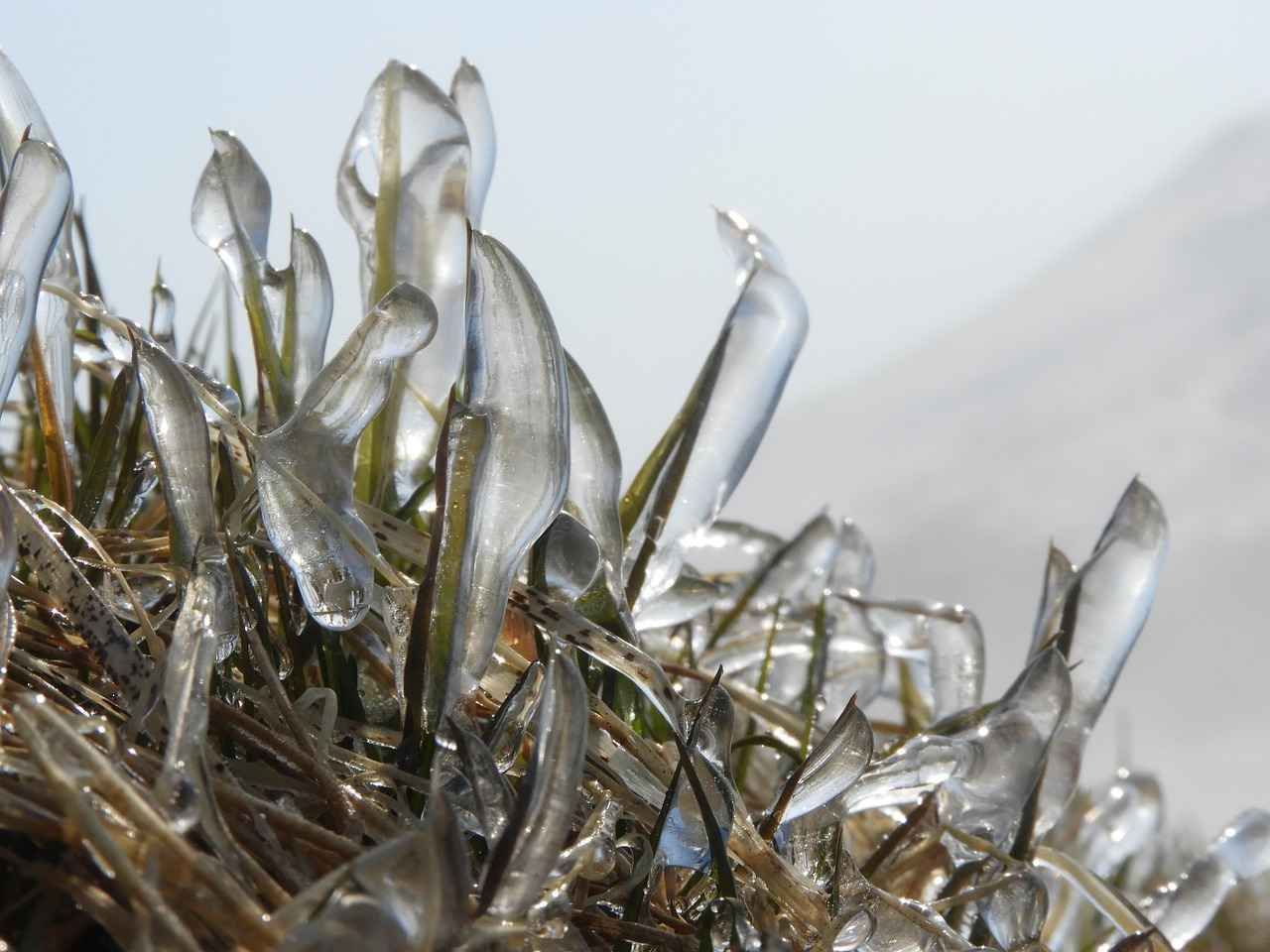
Experimental Evidence of the Mpemba Effect
The Mpemba Effect remains one of the most intriguing phenomena in the realm of thermodynamics, where it is observed that warm water can freeze faster than cold water under certain conditions. Numerous studies have been conducted to explore this phenomenon, leading to a better understanding of the underlying mechanisms involved.
One of the earliest documented observations of the Mpemba Effect dates back to the 1960s when Tanzanian student Erasto Mpemba noted that hot ice cream mixture froze faster than cold ones. Since then, a variety of experiments have sought to validate this counterintuitive claim.
- Mpemba and Osborne (1969): The original experiment that sparked interest in the Mpemba Effect involved heating water to 100°C and comparing its freezing time with water at 20°C. The results indicated that the hot water froze first, prompting further investigation.
- Gordon and R. M. B. (2010): A study conducted by these researchers involved controlled laboratory conditions. They concluded that factors such as evaporation and convection currents in warm water contributed to its faster freezing rate.
- Chong et al. (2016): This recent study examined the Mpemba Effect under various conditions, such as container shape and environmental temperature. Their findings suggested that the shape of the container and the surrounding air temperature significantly influenced freezing rates.
Several conditions can affect the occurrence of the Mpemba Effect, including:
- Evaporation: Warm water tends to evaporate more rapidly, reducing the volume that needs to freeze.
- Convection Currents: The movement of warmer water can create convection currents that enhance cooling.
- Supercooling: Cold water may undergo supercooling, where it remains liquid below its freezing point, delaying the freezing process.
Despite numerous studies, the Mpemba Effect has not been universally accepted. Critics argue that the effect is not consistently reproducible, and alternative explanations often arise. For instance, factors such as container material and ambient conditions can skew results, leading to skepticism regarding the phenomenon’s validity.
Furthermore, some researchers propose that the Mpemba Effect may be a result of specific environmental conditions rather than a general principle of physics. As such, the scientific community continues to debate the nuances of this phenomenon, highlighting the need for further research.
Understanding the Mpemba Effect has practical applications in various fields, including:
- Food Preservation: Insights into freezing rates can enhance food preservation techniques, ensuring better texture and quality.
- Climate Science: Knowledge of water freezing behavior contributes to climate models, aiding in the understanding of environmental changes.
In conclusion, while the Mpemba Effect presents a fascinating area of study, it is essential to approach it with a critical mindset. Ongoing research and experimentation will ultimately clarify the conditions under which warm water may freeze faster than cold water, contributing to our broader understanding of thermodynamics.
Notable Experiments
The exploration of the Mpemba Effect has led to numerous experiments aimed at understanding why warm water sometimes freezes faster than cold water. This subsection reviews notable experiments that have tested the Mpemba Effect, detailing methodologies and findings that shed light on this intriguing phenomenon.
One of the earliest and most significant experiments was conducted by Erasto Mpemba himself in the 1960s. Mpemba, a Tanzanian student, observed that hot ice cream mix froze faster than cold mix. To investigate this, he conducted a series of tests where he poured hot and cold water into identical containers and placed them in a freezer. His results showed that the hot water often froze more quickly than the cold water, prompting further research into the phenomenon.
In subsequent years, various scientists sought to replicate Mpemba’s findings under controlled conditions. For instance, a study by Professor A. M. A. El-Sharif in 2012 involved placing equal volumes of water at different temperatures in identical insulated containers. The experiment was meticulously designed to minimize external variables such as air circulation and container material. The results supported the Mpemba Effect, showing that under specific conditions, warm water froze faster than cold water.
Another notable experiment was conducted by Dr. M. A. M. Rahman and his team in 2017. They investigated the Mpemba Effect using water samples at varying temperatures, ranging from 0°C to 100°C. The researchers utilized advanced thermal imaging to monitor the freezing process. Their findings indicated that the rate of cooling was influenced by the initial temperature of the water, with warmer samples exhibiting a unique freezing pattern that led to faster solidification.
In addition to laboratory experiments, some researchers have explored the Mpemba Effect in real-world settings. A study published in the Journal of Physics examined the freezing rates of water in outdoor conditions during winter. The researchers found that in certain circumstances, such as low humidity and high wind conditions, warm water could freeze faster than cold water due to enhanced evaporation rates and convection currents.
Despite the intriguing nature of these experiments, the Mpemba Effect remains a subject of debate. Some scientists argue that the observed results may be attributed to factors such as evaporation, convection, and supercooling, which can all influence freezing rates. Therefore, while the experiments provide compelling evidence for the Mpemba Effect, they also highlight the complexity of the factors involved in the freezing process.
In summary, the notable experiments conducted over the years have significantly contributed to our understanding of the Mpemba Effect. Through various methodologies, researchers have provided insights into the conditions under which warm water can freeze faster than cold water. These findings not only challenge conventional wisdom but also open new avenues for scientific inquiry into the behavior of water and its freezing properties.
Controversies and Criticisms
The Mpemba Effect has intrigued scientists and laypeople alike, sparking debates and discussions since its discovery. While many experiments have shown that warm water can freeze faster than cold water under certain conditions, this phenomenon has not been without its share of .
One of the primary criticisms of the Mpemba Effect is that it lacks a consistent reproducibility in experiments. Many researchers have attempted to replicate the results, but have often found conflicting outcomes. The variations in freezing rates can be attributed to several factors, including the environmental conditions, the type of water used, and the specific experimental setups. These inconsistencies lead some skeptics to question whether the Mpemba Effect is a genuine phenomenon or merely an artifact of experimental error.
Furthermore, alternative explanations have been proposed to account for the observations associated with the Mpemba Effect. For instance, some scientists argue that the phenomenon can be explained by differences in evaporation rates. Warm water tends to evaporate more quickly than cold water, which can lead to a reduction in the volume of water that needs to freeze. This reduction in volume might cause the remaining water to freeze faster than it would have if it had started at a lower temperature.
Another factor often cited is the role of supercooling. Cold water can sometimes be supercooled, existing below its freezing point without turning into ice. This can result in a delay in the freezing process. In contrast, warm water may not experience the same degree of supercooling, leading to a quicker transition to ice under certain conditions. This phenomenon complicates the understanding of freezing rates and adds another layer of skepticism regarding the Mpemba Effect.
Additionally, some researchers have suggested that the container shape and material can influence freezing rates. For example, a metal container may conduct heat away from the water more efficiently than a plastic one, potentially skewing results. The interaction between the water and the container can thus affect the freezing dynamics, raising further questions about the validity of the Mpemba Effect under varying experimental conditions.
Moreover, critics argue that many studies supporting the Mpemba Effect fail to adequately control for external variables. Factors such as air pressure, humidity, and the presence of impurities in the water can all influence freezing rates. Without strict control of these variables, it becomes challenging to draw definitive conclusions about the Mpemba Effect and its underlying mechanisms.
In summary, while the Mpemba Effect remains a captivating topic of discussion, it is essential to approach it with a critical eye. The criticisms and alternative explanations highlight the complexities of the phenomenon and underscore the need for further research. A deeper understanding of the scientific principles at play is crucial for resolving the ongoing debates surrounding this intriguing effect.
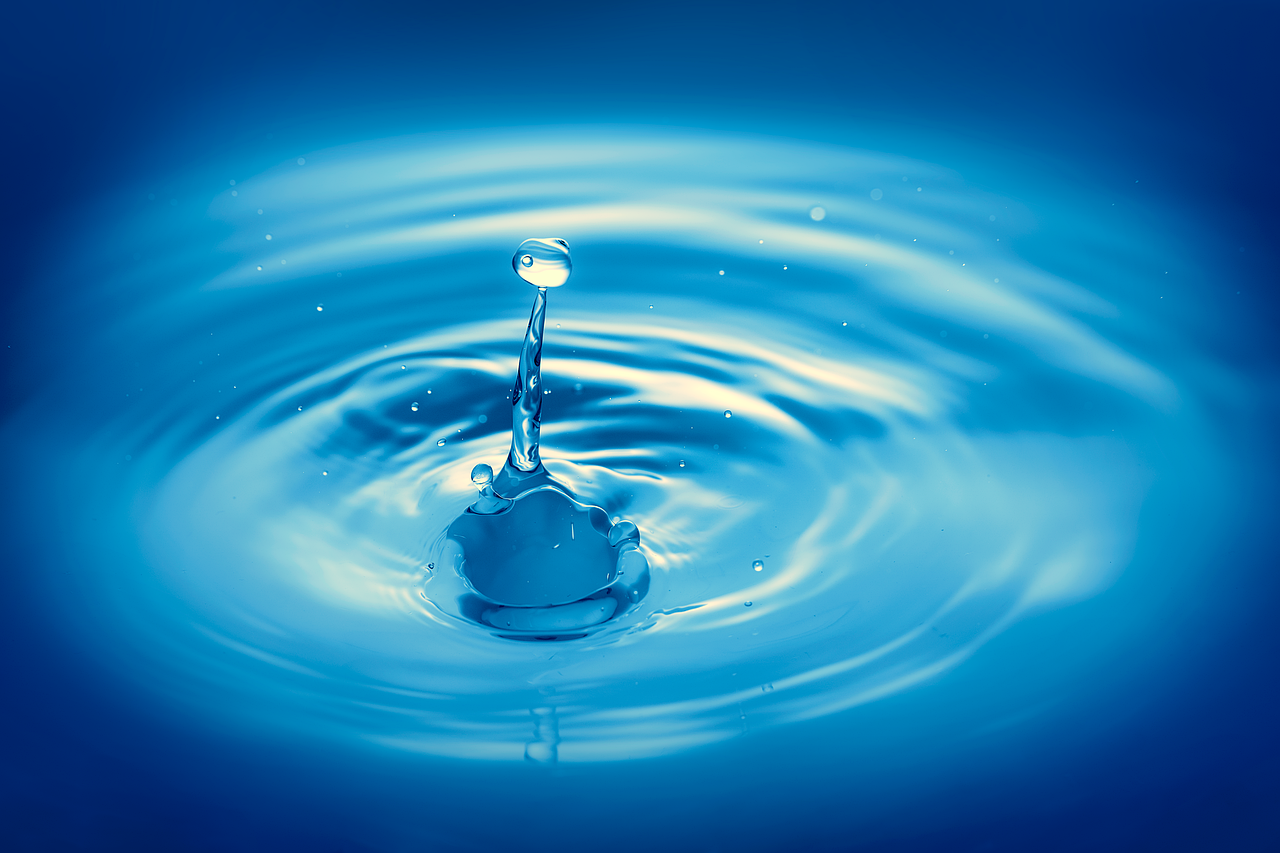
Real-World Applications of Freezing Rates
Understanding freezing rates is not just a scientific curiosity; it has practical implications across various industries. This section delves into how knowledge of freezing rates is applied in critical fields such as food preservation and climate science, highlighting the significance of this understanding in real-world scenarios.
In the food industry, the rate at which food freezes can greatly impact its texture, flavor, and overall quality. Rapid freezing is often preferred, as it can prevent the formation of large ice crystals that can damage cell structures in food. Techniques such as blast freezing and liquid nitrogen freezing are employed to achieve optimal freezing rates. These methods allow for quicker freezing times, which help maintain the integrity of the food.
- Blast Freezing: This method uses cold air to rapidly lower the temperature of food, ensuring that the freezing process occurs quickly.
- Liquid Nitrogen Freezing: Utilizing nitrogen at extremely low temperatures, this technique freezes food almost instantaneously, preserving its texture and flavor.
Additionally, understanding the freezing rates of various food items helps manufacturers develop better packaging solutions that can withstand temperature fluctuations, thereby enhancing shelf life and safety.
The study of freezing rates is also crucial in the field of climate science. As climate change continues to alter global temperatures, understanding how water freezes can provide insights into ice formation and melting patterns in polar regions. This knowledge is essential for accurately modeling sea level rise and predicting environmental changes.
- Ice Cap Studies: Researchers analyze the freezing rates of water in ice caps to understand how quickly they are melting due to rising temperatures.
- Weather Patterns: Understanding freezing rates can help meteorologists predict weather phenomena, such as snow and ice storms, which are influenced by temperature variations.
Furthermore, the implications of freezing rates extend to hydrology, where the freezing behavior of water in rivers and lakes is studied to assess the health of aquatic ecosystems. Changes in these rates can indicate shifts in local climates and water availability.
Beyond food and climate science, the understanding of freezing rates has significant implications in various industrial applications. For instance, in the manufacturing of pharmaceuticals, controlling freezing rates is critical for the preservation of sensitive compounds. Slow freezing can lead to the degradation of active ingredients, while rapid freezing can maintain their efficacy.
- Pharmaceuticals: The freezing process affects the stability of vaccines and other temperature-sensitive medications.
- Manufacturing Processes: Industries that utilize liquid cooling systems must consider freezing rates to avoid system failures during extreme cold conditions.
In conclusion, the understanding of freezing rates transcends mere scientific inquiry, influencing various sectors from food preservation to climate science and industrial applications. By optimizing freezing techniques and studying their effects, industries can enhance product quality, ensure environmental sustainability, and improve operational efficiency.
Food Preservation Techniques
In the realm of food preservation, understanding the impact of freezing rates is imperative for maintaining the quality and texture of frozen products. This section delves into various freezing techniques and their optimization, highlighting how they contribute to better food preservation.
Freezing is one of the most effective methods for preserving food. By lowering the temperature, the growth of microorganisms is inhibited, and enzymatic reactions are slowed down, which helps in retaining the food’s nutritional value, flavor, and texture. However, the rate of freezing plays a crucial role in determining the final quality of the food product.
The rate at which food freezes can significantly affect its texture. Rapid freezing is generally preferred as it forms smaller ice crystals, which minimize cellular damage. In contrast, slow freezing allows larger ice crystals to form, leading to a mushy texture upon thawing. This is particularly critical for fruits and vegetables, where maintaining cellular integrity is vital for quality.
- Blast Freezing: This method involves circulating cold air around food at high speeds, rapidly lowering its temperature. It is commonly used in commercial settings for its efficiency and effectiveness.
- Cryogenic Freezing: Utilizing liquid nitrogen or carbon dioxide, this method freezes food almost instantaneously, preserving the texture and flavor remarkably well.
- Plate Freezing: In this method, food is placed between two cold plates, enabling quick and uniform freezing. It is often used for flat or packaged items.
To enhance the effectiveness of freezing, several factors must be considered:
- Packaging: Proper packaging can prevent freezer burn and moisture loss. Vacuum-sealed bags are ideal for maintaining quality.
- Temperature Control: Maintaining a consistent freezing temperature is essential. Fluctuations can lead to partial thawing and refreezing, which negatively impacts food quality.
- Pre-treatment: Blanching vegetables before freezing can help preserve color, flavor, and texture by deactivating enzymes that cause spoilage.
While freezing is effective for preservation, it is essential to consider its impact on nutritional value. Studies suggest that most nutrients remain intact, especially when food is frozen quickly. However, prolonged storage can lead to nutrient degradation. Therefore, it is essential to balance freezing time and storage duration to maintain optimal nutritional quality.
As the food industry evolves, so do freezing technologies. Innovations such as smart freezing systems that monitor and adjust conditions in real-time are becoming more prevalent. These advancements promise to enhance food preservation techniques, ensuring that consumers receive high-quality frozen products. By understanding and optimizing freezing methods, we can significantly improve the longevity and quality of food, making it a vital aspect of modern food preservation.
Climate Science Insights
The study of freezing rates is a critical component of climate science, as it provides valuable insights into the behavior of water in various environmental conditions. Understanding how water freezes can significantly inform climate models, which are essential for predicting future climate scenarios and assessing the impact of climate change.
Water’s freezing behavior is influenced by several factors, including temperature, pressure, and the presence of impurities. By examining these factors, scientists can better understand the thermodynamic processes that govern freezing and how they relate to broader climate patterns. For instance, as global temperatures rise, the way water freezes in polar regions may change, affecting ice formation and melting rates.
Climate models rely on accurate data regarding water’s phase changes, particularly in regions where ice and snow play a critical role in the ecosystem. The freezing rates of water can impact albedo, or the reflectivity of Earth’s surface, which in turn influences temperature regulation. When ice melts, it exposes darker surfaces that absorb more heat, leading to further warming—a feedback loop that exacerbates climate change.
In polar regions, understanding the dynamics of freezing and melting ice is vital for predicting sea-level rise. As glaciers and ice sheets melt, they contribute to rising ocean levels, which can have devastating effects on coastal communities. By studying the freezing rates of water in these areas, researchers can develop more accurate models to forecast future changes in sea levels.
The freezing rates of water also have ecological implications. Aquatic ecosystems depend on the seasonal freeze and thaw cycles of water bodies. Changes in these cycles can disrupt habitats, affecting species that rely on specific temperature ranges for breeding and survival. For example, fish and amphibians may be particularly sensitive to alterations in freezing patterns, which can lead to shifts in population dynamics.
Numerous studies have been conducted to explore the relationship between freezing rates and climate variables. These experiments often involve manipulating environmental conditions to observe how they affect freezing behavior. For instance, researchers may alter the salinity of water or the pressure conditions to see how these factors influence the freezing point and rate. Such experiments provide crucial data that can refine climate models and improve our understanding of water’s role in climate systems.
Advancements in technology have also enhanced our ability to study freezing rates. Remote sensing technologies allow scientists to gather data from inaccessible regions, such as the Arctic and Antarctic. This data is invaluable for monitoring ice cover and understanding how changes in freezing rates can affect global climate patterns.
In summary, the study of freezing rates is not just an academic exercise; it has real-world implications for climate science and environmental studies. By understanding how water freezes and the factors that influence this process, scientists can make more accurate predictions about climate change and its potential impacts on ecosystems and human societies. As research continues to evolve, the insights gained from studying freezing rates will remain critical for developing effective strategies to address climate challenges.
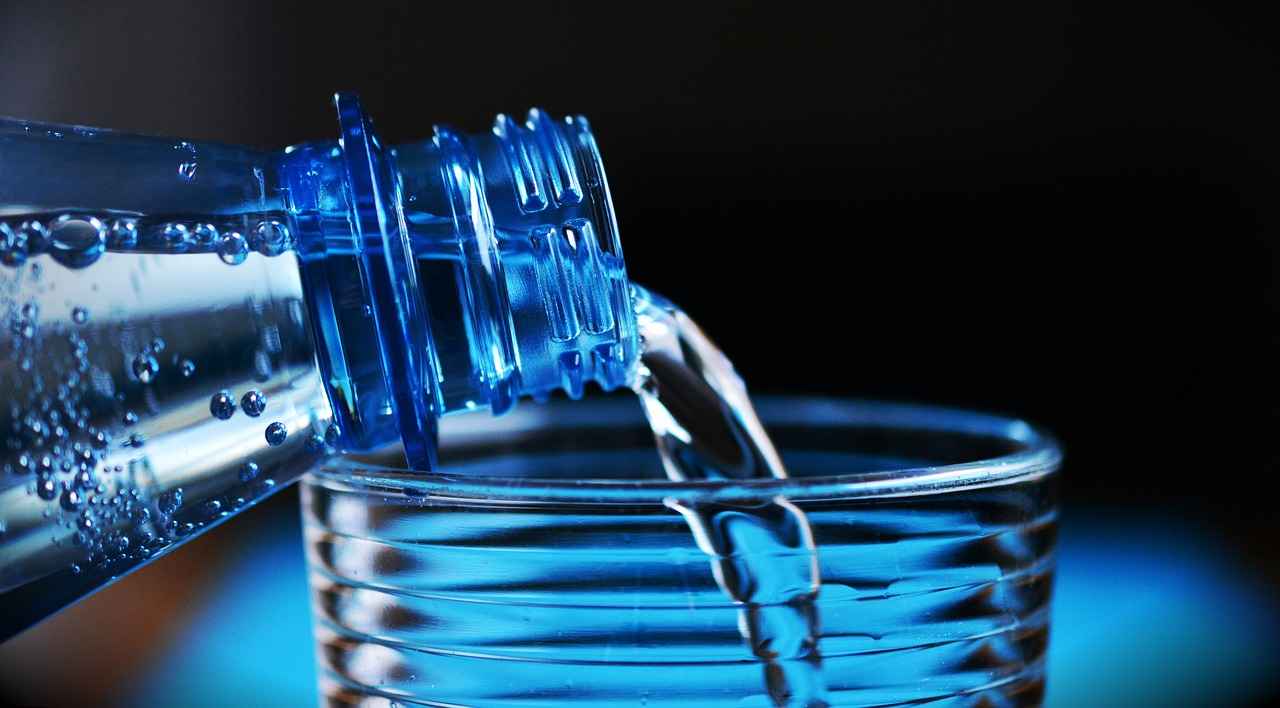
Conclusion: Implications of Freezing Water
The exploration of whether cold or warm water freezes faster reveals intriguing scientific principles and practical applications. Understanding these concepts enhances our knowledge of water behavior in various contexts. This article delves into the fascinating phenomenon of freezing rates, particularly focusing on the Mpemba Effect, which suggests that warmer water can freeze more quickly than colder water under certain conditions.
To fully grasp this phenomenon, we must first understand the scientific principles that govern the freezing process. At its core, freezing involves the transition of water from a liquid to a solid state, which is influenced by various factors including temperature, molecular structure, and external conditions.
The Mpemba Effect Explained
The Mpemba Effect, named after Tanzanian student Erasto Mpemba who observed it in 1963, challenges our intuitive understanding of freezing. Initial observations indicated that warm water sometimes freezes faster than cold water, leading to numerous studies aimed at uncovering the underlying mechanisms. These studies have sparked debates among scientists, resulting in various hypotheses ranging from evaporation rates to convection currents.
Scientific Principles Behind Freezing
- Molecular Structure of Water: Water has a unique molecular structure characterized by hydrogen bonds. These bonds are crucial in determining how water molecules interact during the freezing process.
- Temperature Influence on Molecular Movement: As temperature increases, water molecules gain energy and move more rapidly. This increased movement can lead to more efficient interactions among molecules, potentially facilitating faster freezing under the right conditions.
Factors Affecting Freezing Rates
Several external factors can significantly influence the freezing rates of water. These include:
- Container Shape: The geometry of the container can affect heat transfer, impacting how quickly the water cools.
- Environmental Temperature: The surrounding temperature plays a critical role in the freezing process, as colder environments will naturally expedite freezing.
- Air Pressure: Changes in atmospheric pressure can also influence the freezing point of water, further complicating the freezing dynamics.
Experimental Evidence of the Mpemba Effect
Numerous experiments have been conducted to investigate the Mpemba Effect, with varying results. Some notable studies demonstrate that under specific conditions, such as when water is placed in a shallow container, warm water can freeze faster than cold water. However, these results are not universally consistent, leading to ongoing debates and further research.
Real-World Applications of Freezing Rates
Understanding the nuances of freezing rates has practical implications across various fields:
- Food Preservation Techniques: In the food industry, optimizing freezing methods can enhance the texture and quality of products. Rapid freezing techniques are often employed to minimize ice crystal formation, preserving the integrity of food.
- Climate Science Insights: The study of water’s freezing behavior contributes valuable insights to climate science, particularly in understanding how frozen water bodies interact with the environment and influence climate models.
In summary, the exploration of whether cold or warm water freezes faster not only reveals the complexities of water’s behavior but also underscores the importance of scientific inquiry. The Mpemba Effect serves as a reminder of how much we still have to learn about the world around us and the intriguing phenomena that govern our natural environment.
Frequently Asked Questions
- What is the Mpemba Effect?
The Mpemba Effect is the surprising phenomenon where warmer water can sometimes freeze faster than colder water. It challenges our intuitive understanding of how temperature affects freezing rates and has intrigued scientists for decades.
- Why does warm water freeze faster than cold water?
While it seems counterintuitive, several factors contribute to this phenomenon. Warmer water can have less dissolved gas, which may aid in faster freezing. Additionally, increased evaporation from warm water can reduce the volume that needs to freeze, speeding up the process.
- Are there specific conditions that enhance the Mpemba Effect?
Yes! The Mpemba Effect tends to occur under certain conditions, such as when the water is in a shallow container, or when the surrounding environment is particularly cold. Factors like air pressure and container materials can also play a role.
- How does the molecular structure of water relate to freezing?
Water’s unique molecular structure, characterized by hydrogen bonds, plays a significant role in its freezing behavior. These bonds influence how water molecules behave at different temperatures, ultimately affecting the freezing process.
- What are the practical applications of understanding freezing rates?
Understanding freezing rates has important implications in various fields, particularly in food preservation and climate science. For example, optimizing freezing methods can enhance food quality, while insights into freezing behavior can improve climate models.
